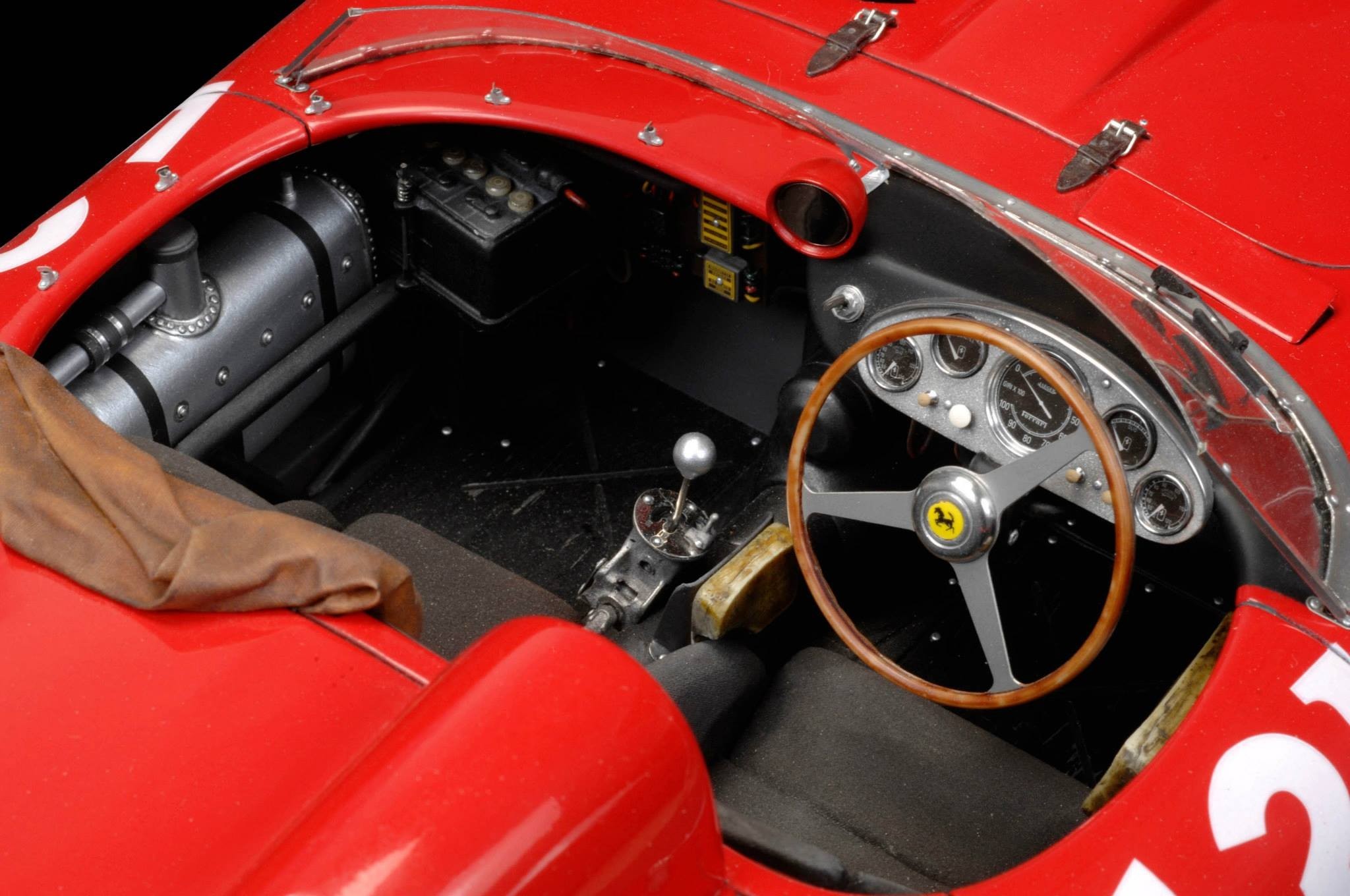
There are times that my build order gets changed out of expediency. After spending about half a year chasing down my ‘holy grail’ kit, the Ebbro Brabham BT18 Honda F-2, I found one of the few Tamiya F1 kits I never built, the Lotus 25, and my LHS at a good price. The kit was opened but complete and came from a private collection. Since both were to be painted British Racing Green, and frankly had minimal bodywork to begin with, I decided that I’d start both, paint the bodies at the same time, and proceed from there.
Well, I haven’t started them yet. But this has provided a rather unique opportunity to do in-box reviews for both kits. Let’s see what’s in the box!!
The Brabham BT18
I’m not an expert on road racing car models, but if I’ve seen mainstream kits of F-2 models before, I believe it would date back to the sixties or seventies. This car dates from 1966, although the kit was released in 2018. There are two big differences between F-1 and F-2; F-2 is limited to a 1000CC four cylinder engine (a Honda DOHC motor here) and instead of being a monocoque chassis, it has a tubular space frame, very similar to a short, stiff rear-engined dragster.
The box here is nearly double the height of the Tamiya box, and it needs to be; there are five full sized sprues in the kit, plus two small ones for the engine block and the clear parts. There are 155 parts in the kit, which is high.
The first thing you notice is the brilliant slide molded one piece frame. There are a number of mold tags to be trimmed (over a dozen) but the end result is will be worth it. The engine block molding is also breathtaking with detail. The overall detail is exquisite; for example there are three separate master cylinders, 3 pedals plus a dead pedal, plus linkage; this is more in keeping with a 1/12 kit than a 1/20 kit. The coil-over shocks have separate plastic coil spring moldings that will be easy to paint, and look much more realistic than molded in springs; however they are not functional. A removable top panel and positionable front wheels are the only operating features.
Other than ignition wires (and the valve cover is pre-drilled to accept them) most plumbing is supplied in the kit. There are a lot of water lines. Shift linkage is included as well. The exhaust header is comprised of individual pipes with chrome collectors. The distributor has a separate cap (oddly shaped), and there are separate parts for the fuel tank and water and oil overflow tanks. There are opportunities to add detail, and I’ve seen some amazing builds of this kit online, however building it correctly out of the box should give great results.
The kit is missing seat belts, and I got the Tamiya detail set A to fill in this gap. I’m told that it is possible the car did not use seat belts when it was in competition. Despite all the positives there are two negatives; the tires are blackwall (and all prior Ebbro F1 builds I’ve done were tampo printed), and like the Tamiya kit the mesh over the intakes is represented by a textured clear part.
The decals have a complete number assortment and should allow the builder to build any version of this car that raced, and perhaps a few others as well.
Score: 90%
Pros: Slide molded engine and frame, great detail and decals, Ebbro’s reputation for fit and buildability
Cons: Missing belts and ignition wires, blackwall tires, clear plastic ‘mesh’ for intakes


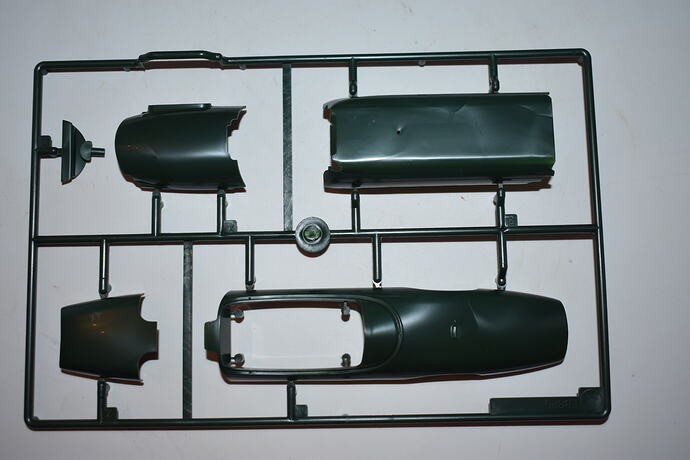

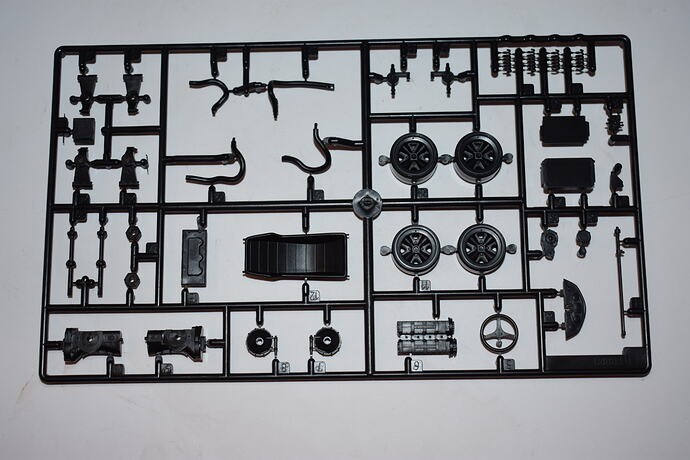
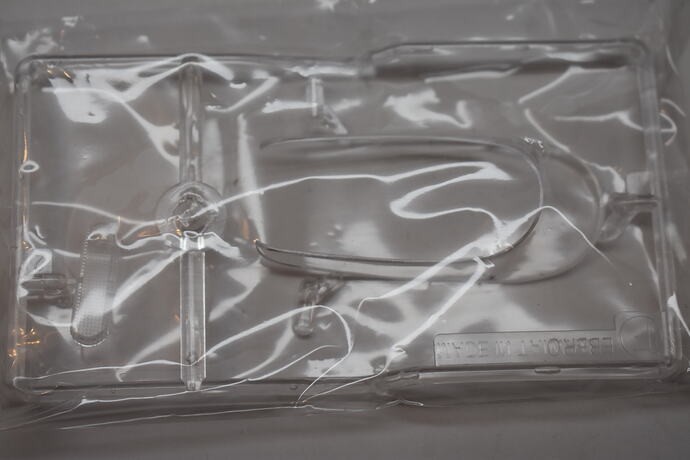

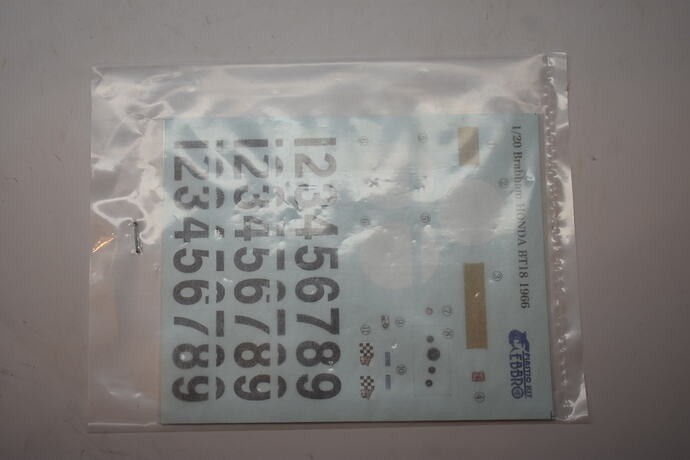
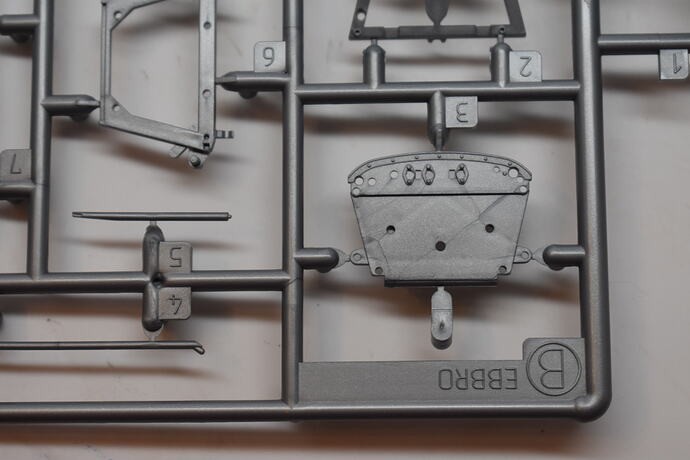




Please remember, when contacting retailers or manufacturers, to mention that you saw their products highlighted here - on AUTO MODELER




























